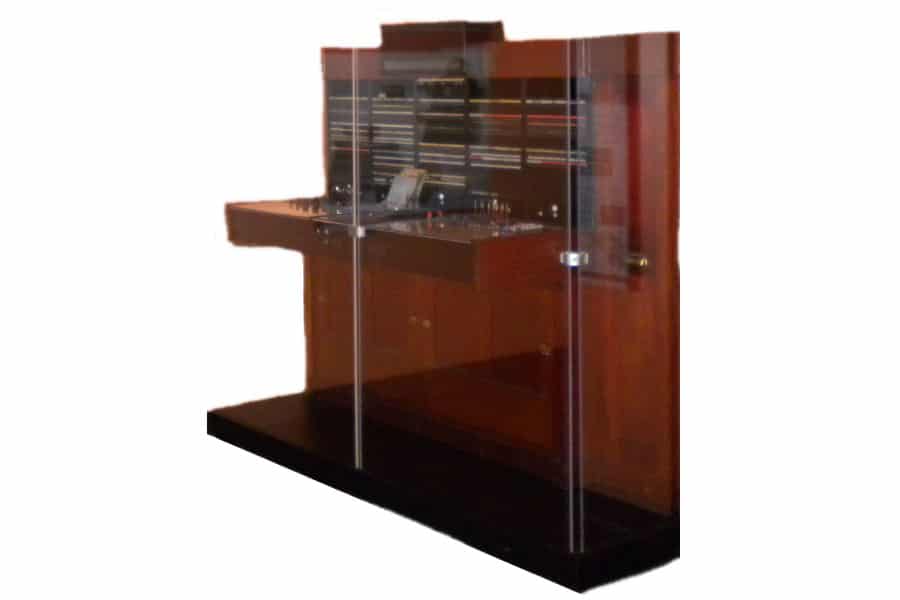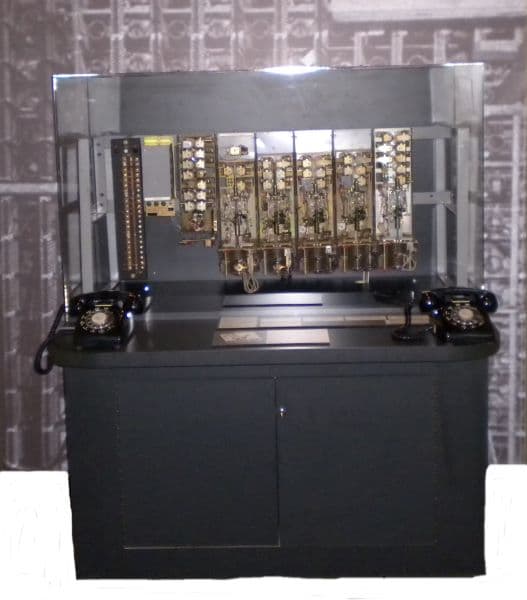Comporium Telephone Museum
Museum Hours:
Monday, Wednesday, Friday & Saturday
10:00 AM – 2:00 PM
Comporium Telephone Museum Exhibits
Museum Timeline

More About Comporium
About Home
Get to know us and see how we’ve been helping customers connect for over 125 years.
Community
Community involvement isn’t just something we do. It’s who we are. See how we're making a difference.
In the News
Get the latest updates and announcements on our services and community impact.
History
To see where we’re going, take a look at how far we've come. Innovation is in our DNA.








